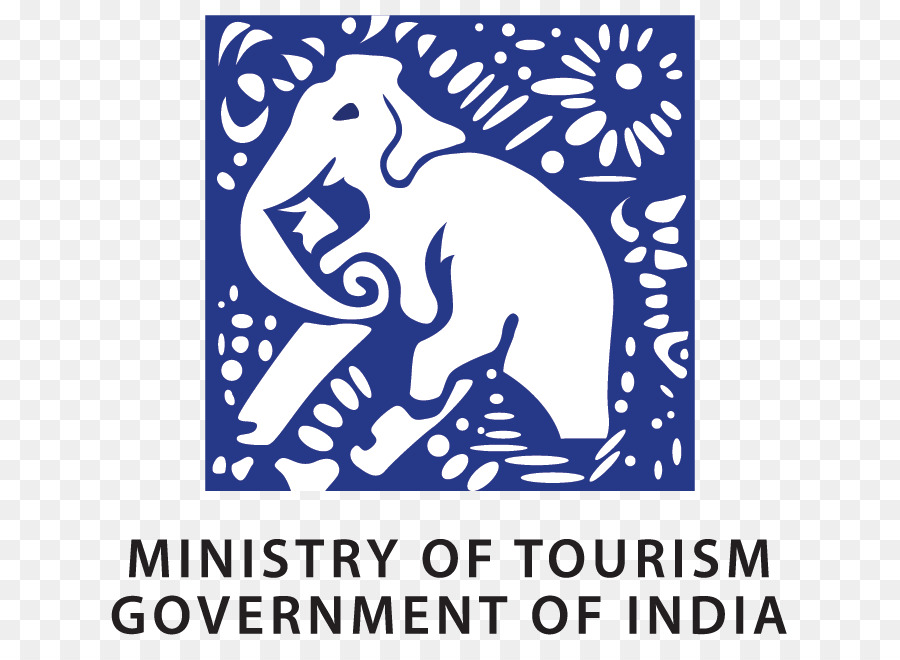India’s cultural economy is witnessing a revival as traditional festivals breathe life into tourism, handicrafts, and local enterprises. Kartika festivities, observed across the country, have triggered a sharp rise in domestic travel and artisan demand.
Tour operators report that pilgrimage circuits in Uttar Pradesh, Odisha, and Bihar are seeing occupancy rates of over 90%. Concurrently, handicraft exports and online sales of traditional goods have grown by 20–25% compared to last year.
Experts attribute this resurgence to the convergence of cultural pride and digital access. Local craftsmen are increasingly selling via online platforms, while states are promoting rural heritage circuits as tourism assets. Several micro-enterprises are also benefiting from government cluster schemes that provide training and credit access.
The economic significance extends beyond short-term revenue. Cultural tourism supports nearly 15 million jobs — from artisans to guides, transporters, and small hospitality units. As sustainability becomes a key theme, policymakers are emphasizing community-based tourism models that preserve local traditions while providing steady livelihoods.
Going forward, experts call for stronger policy coordination between ministries of culture, tourism, and commerce to institutionalize the “creative economy.” This includes incentives for eco-friendly infrastructure, digital marketplaces for craft clusters, and export facilitation for handmade goods.
In the long term, India’s cultural capital could become a soft-power engine — enhancing global visibility while strengthening domestic rural economies.


